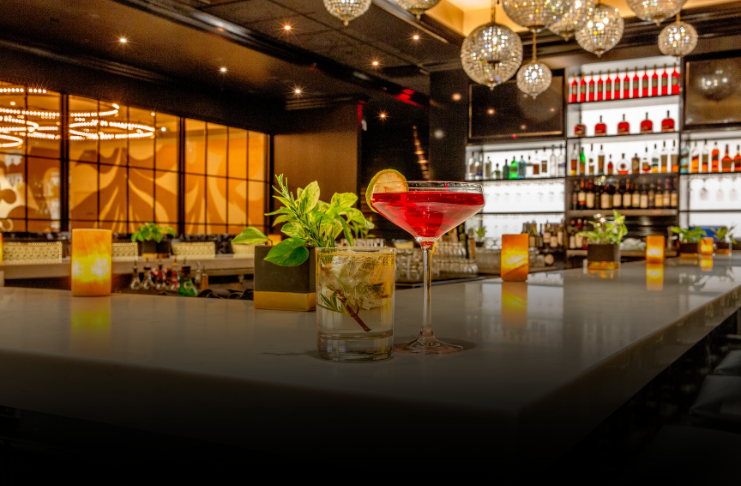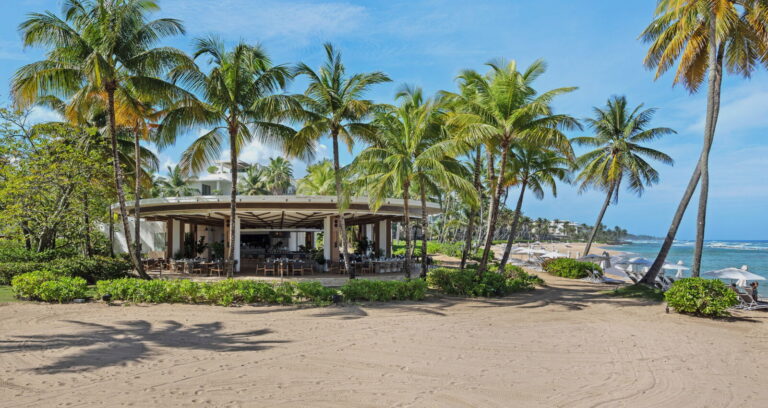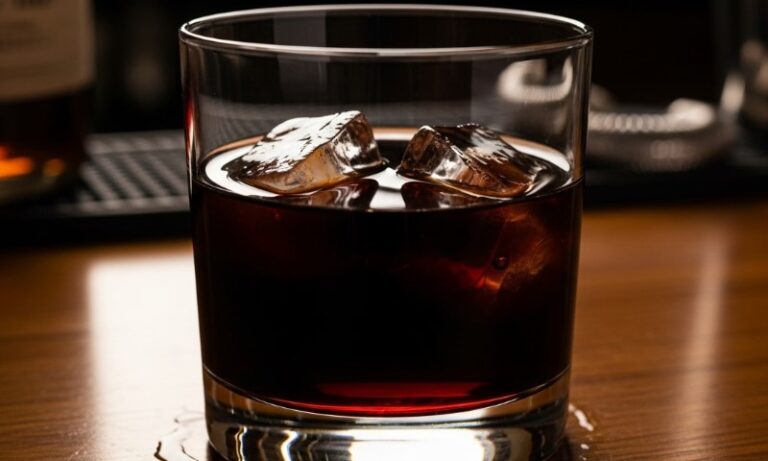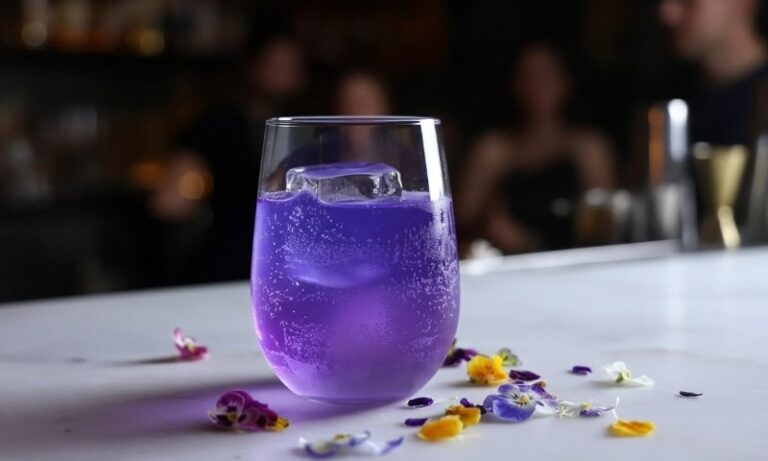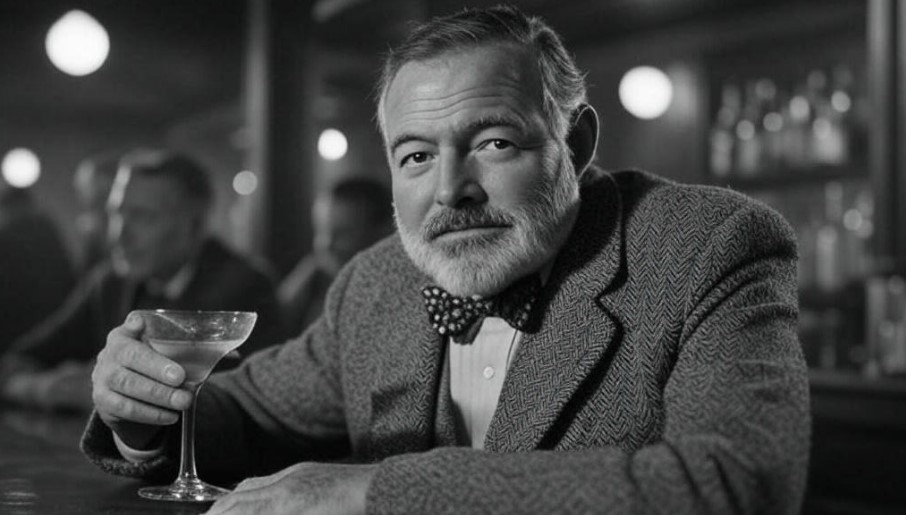Ernest Hemingway wasn’t just a novelist, he was a living persona wrapped in adventure, grit, and an endless thirst for life’s intensity.
He traveled, he fought, he wrote, and he drank with a purpose.
Just imagine a situation where Ernest Hemingway sits and has his drink on a vintage center table. You would certainly want to know what it is, right?
That is why we would like to talk about a couple of these. Each cocktail he favored wasn’t just a beverage, it was a reflection of his ethos.
Hemingway the Man: A Life Soaked in Spirits
Rugged, restless, and relentless, Hemingway embodied a personality that defied moderation.
He chased danger and chased words, often with a glass in hand. Writing was his discipline, but drinking was no less deliberate.
Each pour echoed his need for rawness, edge, and experience.
Drinking wasn’t just a pastime, it was woven into his creative rhythm. Morning hours belonged to prose; late afternoons drifted into spirits.
He treated his routine like a battlefield: precise, relentless, and fueled by liquor as much as language.
Bars in Havana, Paris, and Key West remember him not as a visitor but as a regular, a man who viewed drinking not only as social lubrication but as ritual.
Liquor softened edges and stirred up reflection, providing the backdrop for friendships, duels, and typed pages.
His barstool became as central as his typewriter. To understand how alcohol shaped his routine and his reputation, consider a few essential characteristics:
- Purposeful consumption: Drinks were not random; they aligned with mood, time of day, or writing phase.
- Cultural immersion: He drank where locals drank, whether in Cuba’s humid alleys or Paris’s expat haunts.
- Repetition and ritual: Drinking routines mirrored writing habits, both were methodical.
Intensity defined his life. In hunting, boxing, writing, and drinking, he sought sharp experiences. He didn’t linger in safety; he pushed boundaries and tested limits.
Alcohol became both a symbol of his masculinity and a tool in his literary arsenal. Every sip promised a hit of clarity or chaos, and he welcomed both.
The Hemingway Daiquiri: Tart, Strong, and Uncompromising
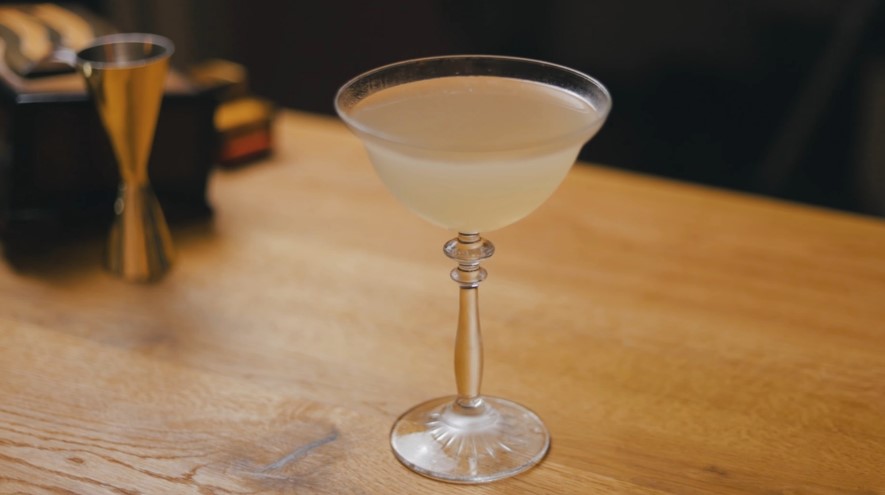
Born at El Floridita in Havana, the Hemingway Daiquiri casts aside any notion of indulgent sweetness in favor of sharpness and clarity.
Bartender Constantino Ribalaigua, one of the most respected cocktail masters of his time, crafted it after Hemingway allegedly demanded a daiquiri without sugar and with double the rum.
That single request became legend. The result wasn’t just a drink, it was a declaration.
Known in Cuba as the “Papa Doble,” the Hemingway Daiquiri earned its reputation as an assertive, unflinching cocktail. Instead of molasses-laced sweetness or rich syrups, the drink strikes with clean acidity and boozy precision.
Here’s a look at what defines it:
- White rum: The foundation, clean, bright, and potent. Hemingway didn’t want anything mellow or aged.
- Fresh lime juice: Not bottled, not muted, just raw citrus delivering tart energy.
- Grapefruit juice: Slightly bitter, rounding out the lime without adding softness.
- Maraschino liqueur: Complex, dry, and slightly nutty. It adds dimension without syrupy weight.
- No sugar added: A reflection of Hemingway’s diabetes, sure, but also his taste for harsh truths.
This concoction hits fast. No flourishes. No syrupy distractions. Just a direct blast of citrus and spirit, shooting straight to the bloodstream like a well-aimed sentence.
Hemingway’s choice of cocktail reveals more than just preference, it reveals philosophy. Every drink he favored came with intent.
The daiquiri, in particular, aligns with the same minimalist discipline that shaped his fiction. His prose, like his drink, cuts fat, shuns fluff, and delivers truth with force.
One could say the Hemingway Daiquiri is the literary equivalent of a sentence in The Old Man and the Sea, clean, efficient, stripped of artifice, yet echoing with meaning.
In both his books and his drinks, Hemingway never diluted for comfort. He poured for clarity, for reality, and for edge.
Death in the Afternoon: Absinthe and Champagne Chaos
Only Hemingway could invent a cocktail that begins with elegance and ends in unfiltered chaos.
Death in the Afternoon doesn’t follow conventional mixing rules, it is summoned.
A pour of absinthe meets chilled champagne in the glass, creating a cloudy swirl that looks like it belongs in a dream, or a fever. It’s not a drink for the faint-hearted.
Hemingway’s own instructions said: “Drink three to five slowly until you feel the effects.”
Not a recipe. A challenge.
The drink’s visual transformation is almost theatrical. Clear liquids mix to produce something pale and haunting, a liquid metaphor for Hemingway’s life, beautiful and brutal, luminous and lethal.
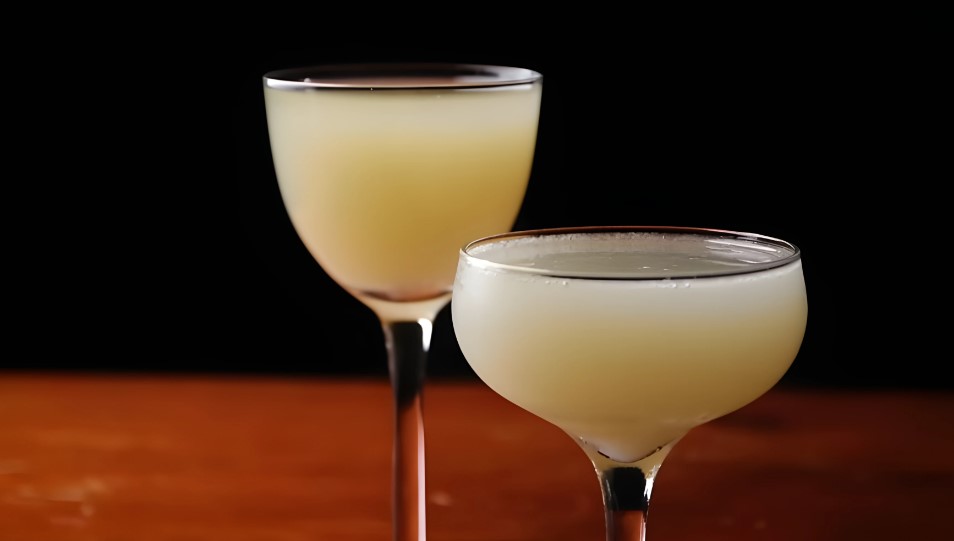
To break down its composition and mood:
Main Ingredients:
- Absinthe
- Champagne
Appearance:
- Milky, opalescent cloudiness upon mixing
- Ethereal and slightly eerie in presentation
Effect:
- Euphoric disorientation
- Lightness undercut by a slow-building punch
More than alcohol, it’s a distilled version of Hemingway’s worldview.
His life and work were haunted by violence, obsession, and death, but not without a desire for intensity and euphoria.
War, bullfighting, suicide, and hunting filled his pages and his thoughts. Even his drinks were layered with that tension.
Absinthe carried mystique. Once banned for its rumored hallucinogenic effects, it symbolized rebellion and danger.
Champagne, on the other hand, represented success, luxury, and indulgence. Hemingway didn’t separate those ideas, he mixed them.
Whiskey, Martinis, and the Writer’s Ritual
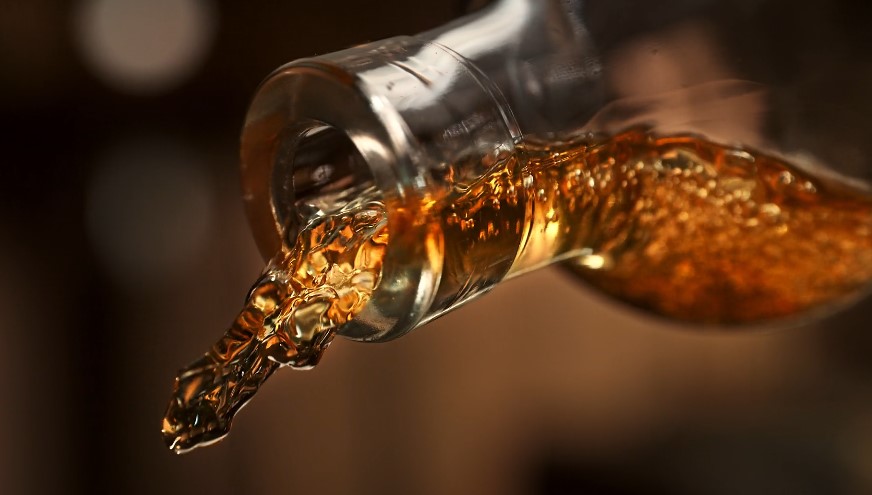
For Hemingway, whiskey wasn’t just a drink, it was presence, ritual, and necessity. Scotch, bourbon, rye, each had its time and place, often poured generously beside the typewriter as dawn turned into day.
Not for indulgence, but for rhythm. Whiskey helped mark time, measured ideas, and occasionally softened the sharp edges of his internal conflicts.
Dry martinis, crisp and ruthless, brought structure to evenings. Always ice-cold, always direct. No garnishes, no nonsense, just gin and a whisper of vermouth, if any at all.
He once described the perfect martini as needing to only glance at vermouth. The drink mirrored his approach to prose: clean, uncluttered, unapologetic.
Literature, for Hemingway, absorbed these rituals.
Alcohol poured through his narratives as naturally as weather or war. In A Farewell to Arms, whiskey is not merely comfort, it is armor against the senselessness of death and defeat.
In The Sun Also Rises, martinis show up like commas in conversations, brief moments of order in lives otherwise adrift.
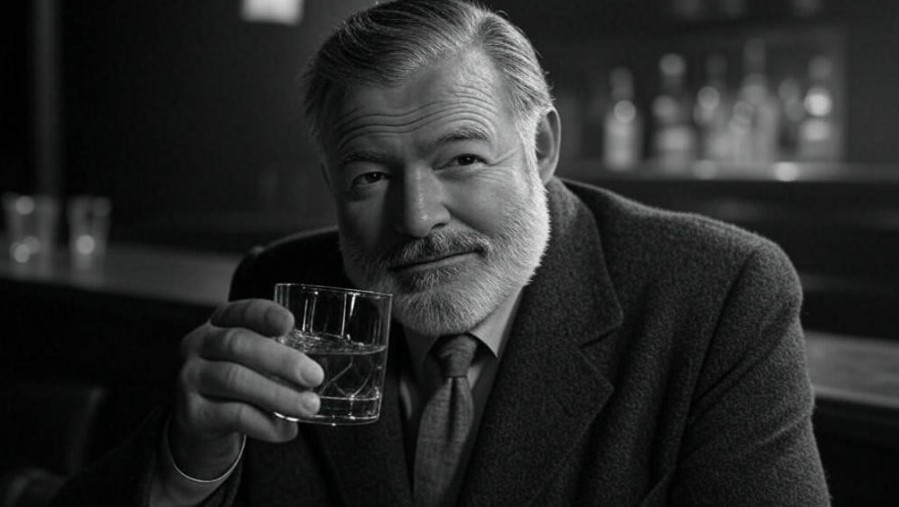
A breakdown of his drink choices in fiction highlights his method:
- Whiskey: Associated with loss, masculinity, and control in chaos.
- Martinis: Tied to clarity, emotional detachment, and intellectual dialogue.
- Drinking scenes: Tools to expose vulnerability, tension, or defiance.
Characters in his novels do not sip daintily. They drink with intent. American expats in The Sun Also Rises move through Paris and Pamplona with glasses that match their alienation.
Booze doesn’t simply fill space, it fills silence, punctuates regret, and sometimes pushes truth out of hiding.
Summary
Craft cocktail menus would probably make him roll his eyes. Fancy infusions and sugared rims? Not likely to get his stamp of approval. But the spirit of experimentation, now that might tempt him.
A man who loved invention would admire innovation, as long as it served flavor and authenticity. Probably he’d choose something cold, hard, and honest over anything “seasonal.”
So raise a Hemingway Daiquiri or a bone-dry martini, not to romanticize excess, but to honor bold choices, sharp prose, and nights worth remembering.
Related Posts:
- How Many Shots of Whiskey Does It Take to Get Drunk?
- How Many Shots Are in 375 ml? A Guide to Drink Measurements
- Vodka Press Drink Recipe - Light and Refreshing Cocktail
- The Salmoncito - Mexico’s Pink Drink That Shouldn’t…
- How to Pair Cocktails with Food for the Ultimate Experience?
- Crafting Low-Sugar Cocktails - Healthier Mixology Tips


